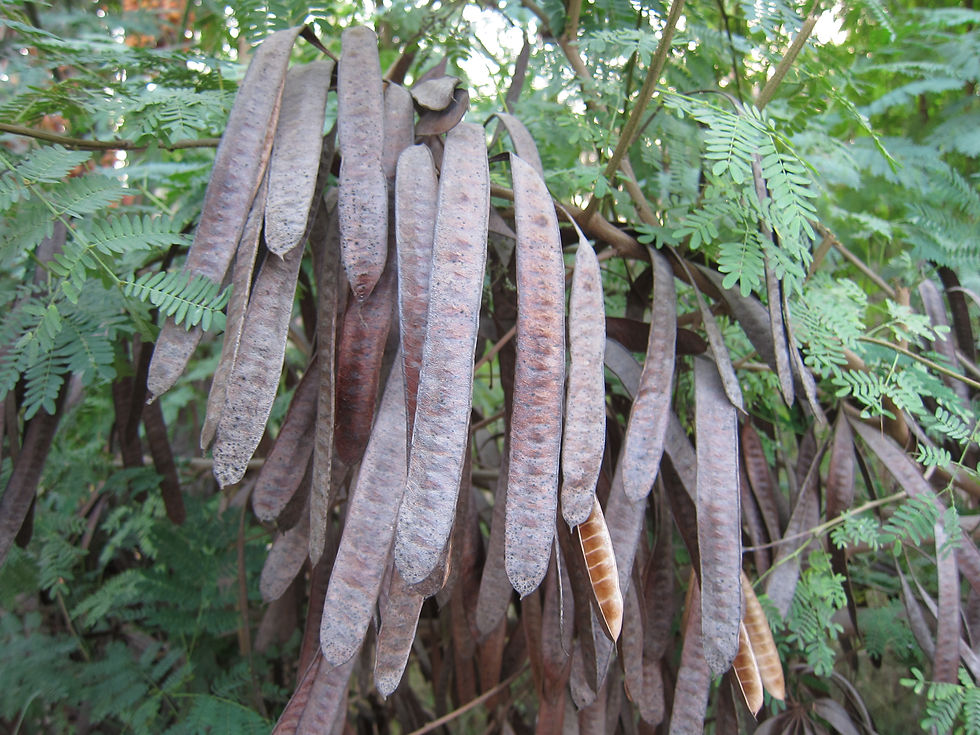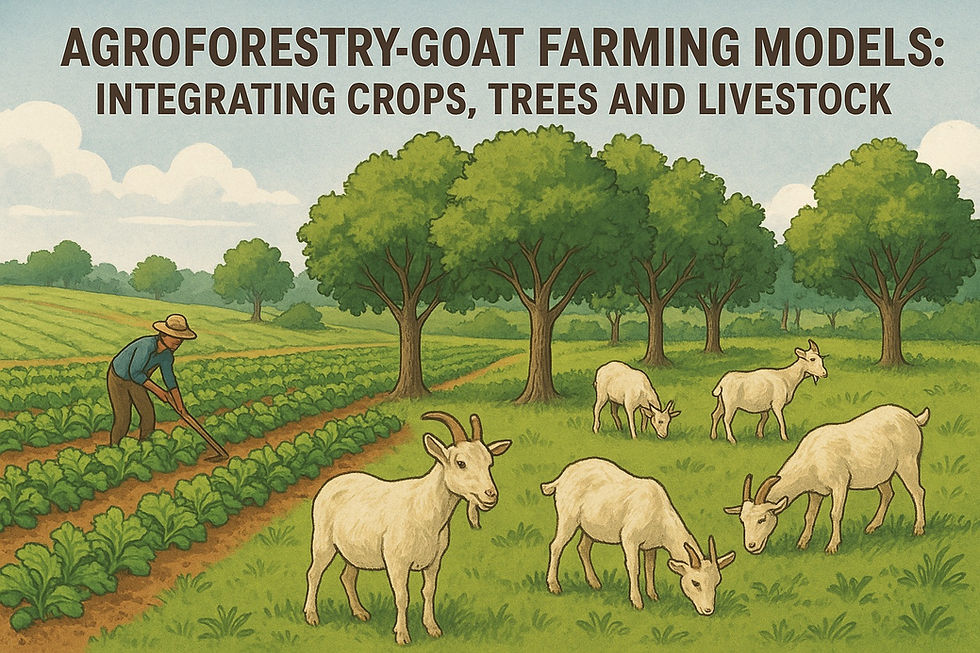Su-Babul | One Tree could meet the Fodder requirement of Ruminants as well Fuel needs
- Global Services TGT
- Nov 25, 2022
- 2 min read
Updated: Dec 2, 2024

Su-Babul (Leucaena leucocephala) is quite a common tree seen in India. This multi-faceted, fast-growing tree was inducted in our country from Hawaii in the early 80s. Su-Babul provides high-protein fodder from its leaves and medium-density wood and fixes nitrogen in the roots which also helps enhance the health of agricultural soil. The government of India made it a part of a social forestry program to increase green cover and provide fuel for rural India’s households. But, the purpose for which Su-Babul was promoted did not go according to plan. Due to its soft wood, it was not used much by the community/industry, and gradually the Government & others lost interest in planting/promoting it. Su-Babul can’t be easily eradicated in any area/place because it produces thousands of seeds regularly. It requires less water or dry lands can also be used to promote and propagate it. For this reason, in the places where it was planted, it spread widely in that area naturally. For a long time, Su-Babul has been expanding naturally on the side of the roads but its benefits were never noticed by the common people, particularly livestock rearers. Su-Babul is most preferred as a green fodder for animals all over the world, and due to its multi-use, it can prove to be an important one for our country. Apart from green fodder, it can be used for wood fuel and pulp for paper making.
Su-Babul leaves are one of the green fodders for our animals as they contain nutritional value, which is useful in both flood-prone and dry areas. Much research & data show that the use of Su-Babul’s green fodder leads to an increase in meat as well as an increase in milk production of milch animals. Therefore, if we talk about goat rearing in our country, then the green fodder of Su-Babul can make an important contribution.
Su-Babul provides an excellent source of high-protein fodder for milch animals. However, the fodder contains mimosine, a toxic amino acid. In many cases, this acid is metabolized by ruminants to goitrogenic DHP [3-hydroxy-4(1H) pyridine] in the rumen, but in some geographical areas, ruminants lack the organisms (such as Synergistes jones) that can degrade DHP. In such cases, toxicity problems from ingestion of Su-Babul have sometimes been overcome by infusing susceptible animals with rumen fluid from ruminants that possess such organisms, and more recently by inoculating cattle rumina with such organisms cultured in vitro. Such measures have facilitated Su-Babul's use of fodder in India.


Comments